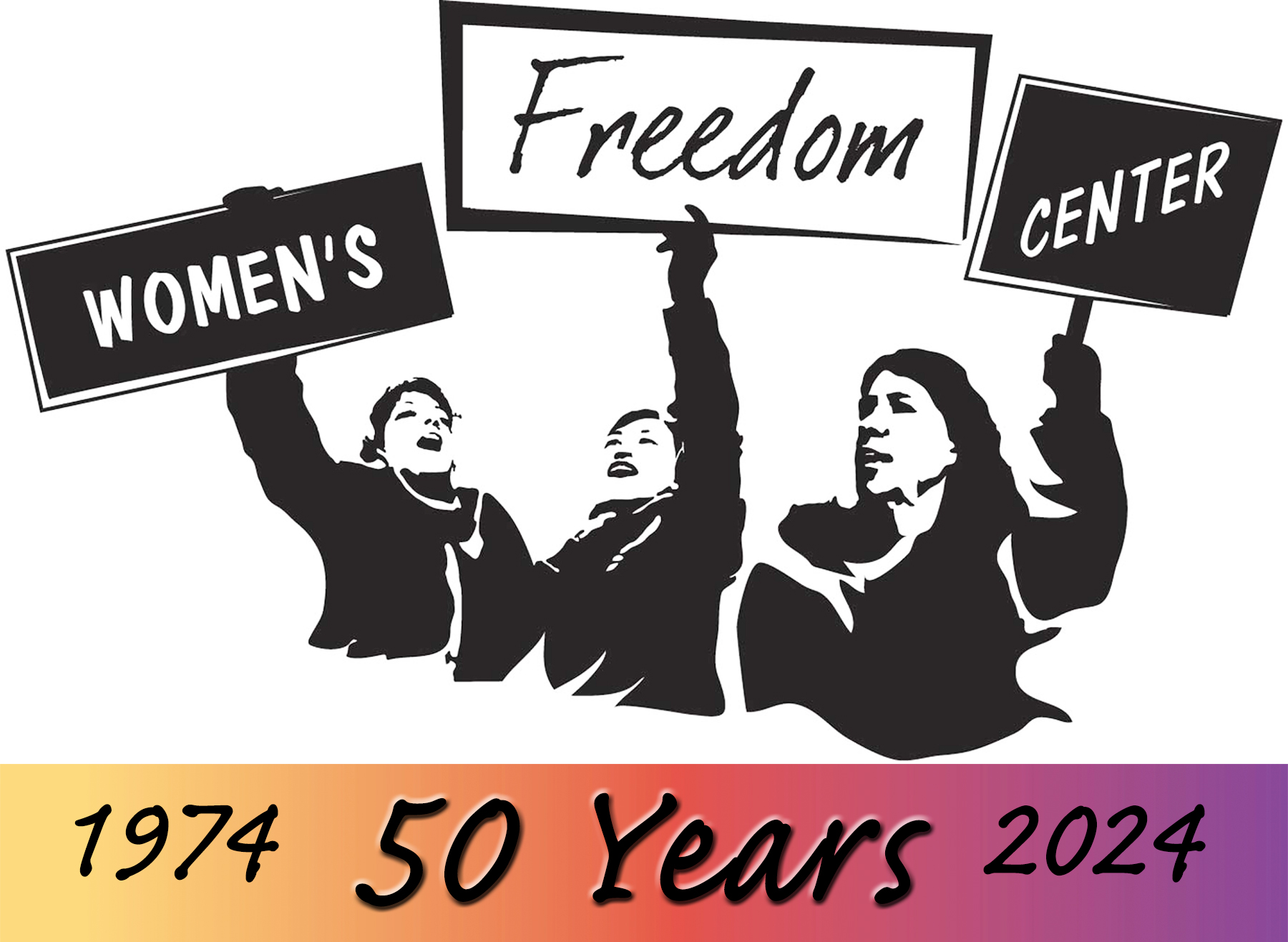A Bystander (or “witness”) is someone who sees a situation but may or may not know what to do, may think others will act or may be afraid to do something. A bystander refers to anyone who plays some role in the act of harassment, abuse, or violence – but is neither the perpetrator nor the victim. They are someone who is present and thus potentially in a position to discourage, prevent, or interrupt an incident.
It is important to learn how potential bystanders can, in safe and positive ways, work to prevent or intervene when there is a risk for violence and/or harassment. An active bystander approach gives community members a specific role that they can use in preventing sexual violence, including naming and stopping situations before they happen, stepping in during an incident, and speaking out against ideas and behaviors that support violence against women. This approach also helps to develop skills to be an effective and supportive ally after an assault has taken place. While anyone can be a bystander, an active bystander is one who recognizes a problem and decides to intervene in a way that feels safe and appropriate for him or her. No two interventions will look the same, because there is no “right way” to be an active bystander.
It’s true that a bystander to domestic violence may witness an actual incident of abuse—but more commonly, a bystander may witness a sexist comment, a victim-blaming remark, or any other word or behavior that can contribute to a culture of violence. The truth is that all of us have probably been bystanders to conversations or behaviors that can contribute to domestic and sexual violence, and more than likely, we have all been unsure about how to speak up, or we have felt afraid or anxious to do so. Learning to recognize these behaviors and to respond appropriately, however, can help to alleviate this anxiety and can enable you to be an active bystander in a way that’s right for you.
Why it’s Hard to be an Active Bystander?
If you have witnessed an incident of abuse, or if you suspect a friend is experiencing violence at home, finding a supportive way to get involved may seem overwhelming. We may fear that our instincts are wrong, that we’re being nosy, that we may make the situation worse, or that we’re unqualified to intervene. These are all valid emotional responses to witnessing violence that make it hard to speak up or take action.
In cases where we’re speaking up against the social norms that contribute to domestic violence, we may fear coming across as argumentative or intrusive. We may fear embarrassment or retaliation, or we may not know what to say when we want to speak up. When it comes to speaking up against sexism, men and women both fear the perception of being too politically correct, aggressive, or marginalizing themselves.
For all these reasons, it’s understandable why we hesitate to speak up when faced with an opportunity to be active bystanders. But the more we understand about safe interventions and what social norms we need to look out for, the more comfortable we can become when speaking up, and the more effective we’ll all be in creating safe, violence-free communities.
